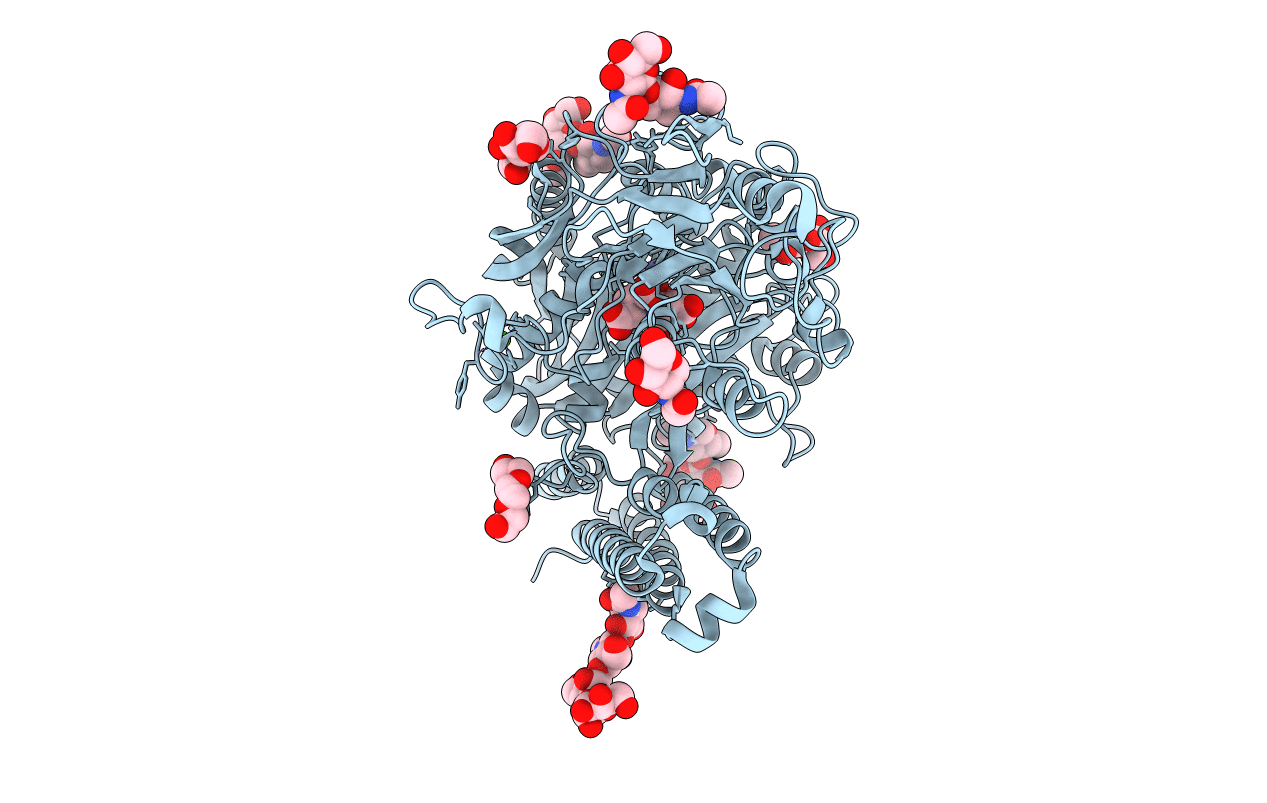
Deposition Date
2015-11-27
Release Date
2016-06-01
Last Version Date
2024-10-16
Entry Detail
PDB ID:
5F09
Keywords:
Title:
Structure of inactive GCPII mutant in complex with beta-citryl glutamate
Biological Source:
Source Organism:
Homo sapiens (Taxon ID: 9606)
Host Organism:
Method Details:
Experimental Method:
Resolution:
1.85 Å
R-Value Free:
0.18
R-Value Work:
0.15
R-Value Observed:
0.15
Space Group:
I 2 2 2


